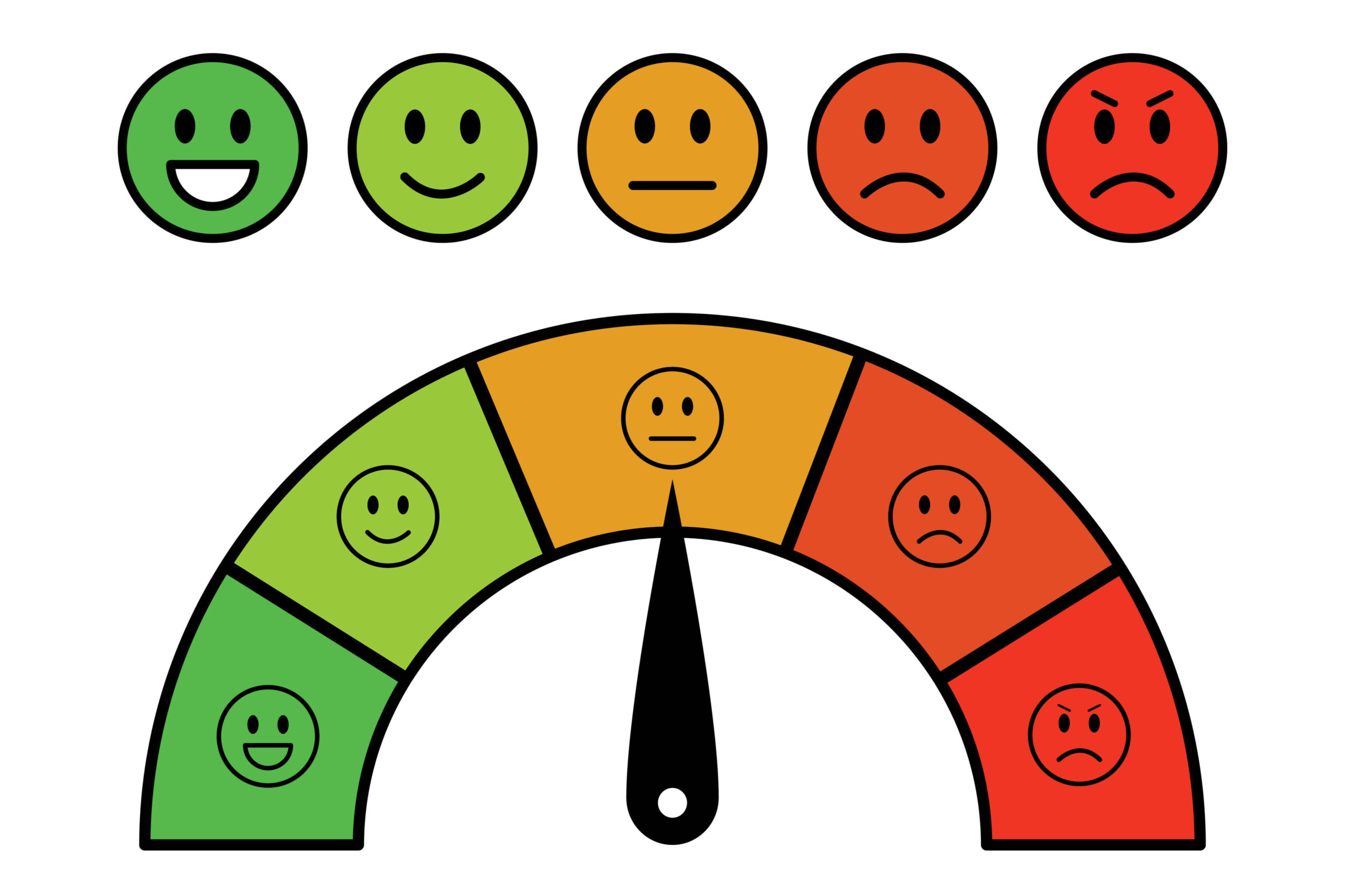Psychological differences in food addiction and binge eating in a general Polish population
This study by Różycka et al. (2025) aimed to determine the prevalence of binge eating (BE) and food addiction (FA) in the general Polish population, analyze the distinctions between the two disorders, and investigate the psychological differences between groups with BE, FA, and both FA and BE. The Yale Food Addiction Scale 2.0, PTSD Checklist for DSM-5, Binge Eating Scale, Adverse Childhood Experiences, Life Events Checklist, Short UPPS-P scale (for impulsive traits), the 21-item Depression, Anxiety, and Stress Scale, and Dutch Eating Behavior Questionnaire were among the questionnaires that 2,123 participants filled out. Data analysis revealed that 492 individuals had FA, BE, or both symptoms that were clinically significant. The findings showed that symptoms of FA and BE are common in adults. On every metric assessed, the groups with FA, BE, and both FA and BE outperformed the control group. The group with both FA and BE exhibited significantly higher behavioral and emotional symptoms, with the FA group showing more symptoms than the BE group. The findings support the idea that food addiction is similar to binge eating but represents a broader concept, and individuals experiencing both conditions face the greatest functional challenges. [NPID: Food addiction, binge eating, eating disorders, dysregulated eating, psychological functioning, questionnaire, emotional symptoms, obesity, Poland]
Year: 2025
 Navigation
Navigation









